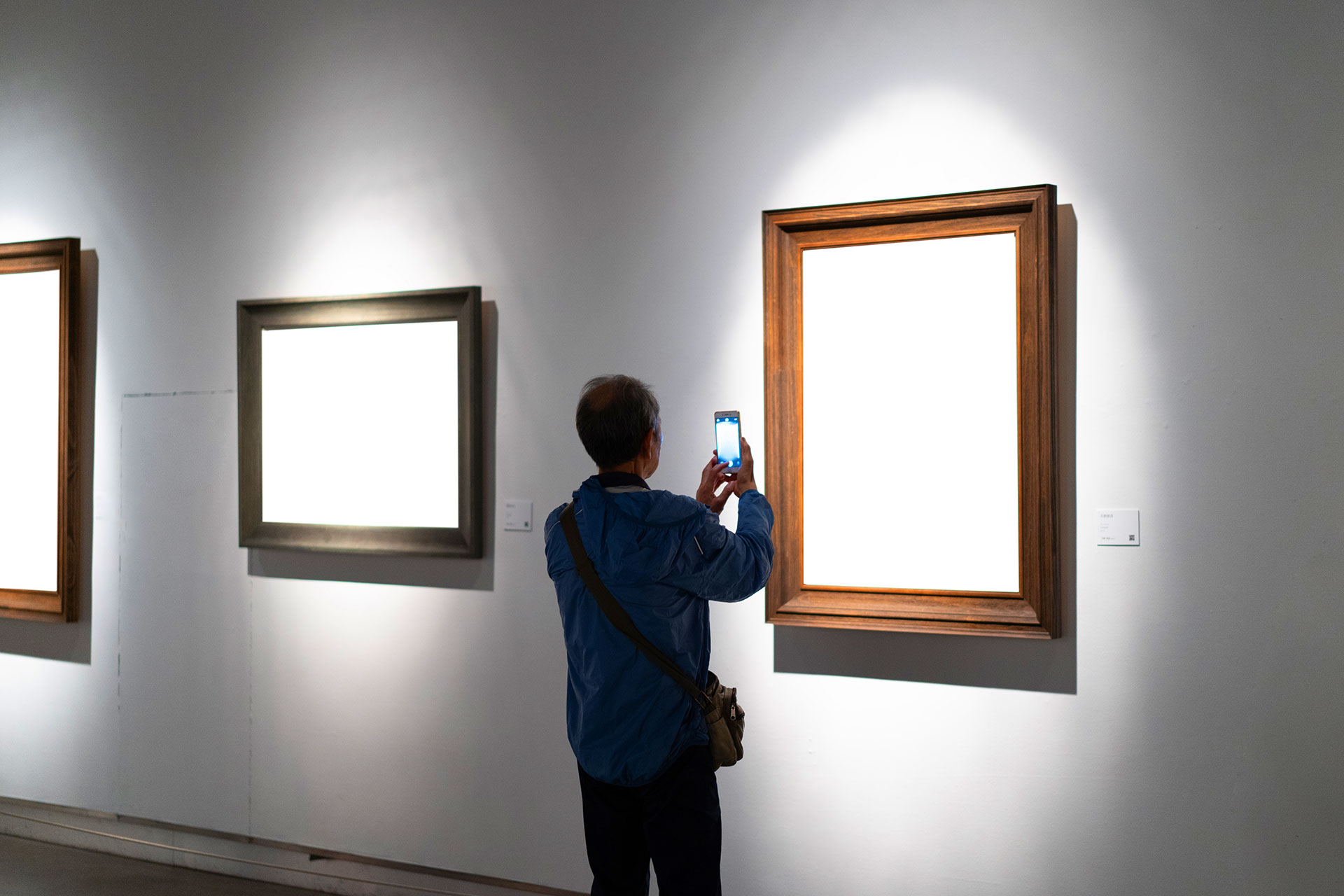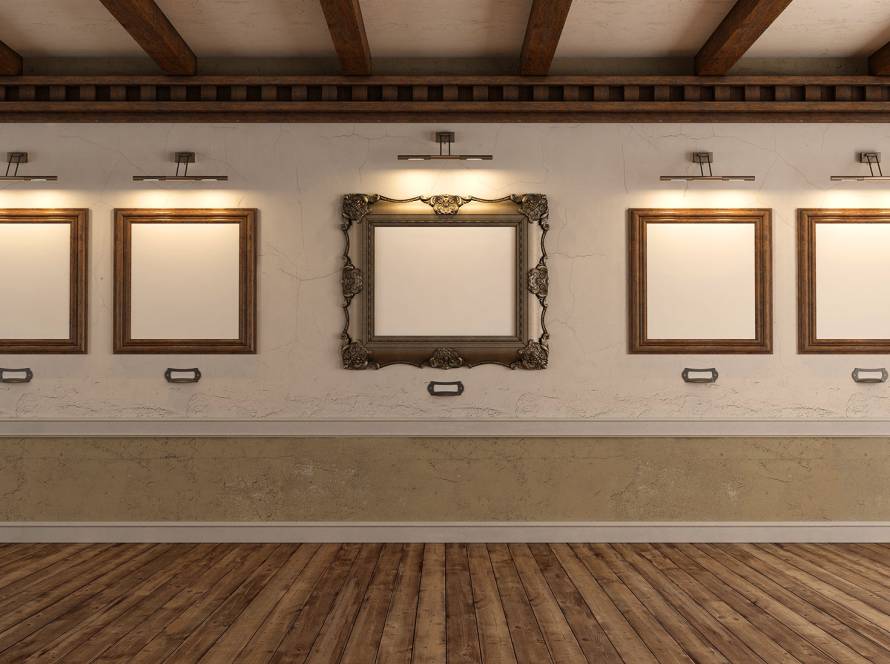When you frame a piece, whether it’s a photograph, a diploma, or an original painting, you expect the frame to protect it. But the wrong materials, especially the wrong matting and backing, can slowly destroy the very thing you wanted to preserve. The mistake is subtle, and it hides in plain sight: using materials that aren’t designed for long-term protection.
Acid Is The Silent Enemy
Cheap mats and backings often contain acid. At first, you won’t notice. But over time, the acid begins to leach into the artwork. Edges yellow. Paper grows brittle. Colors fade faster than they should. By the time you see the damage, it’s already too late.
What looked safe behind glass has been quietly deteriorating year after year.
Why “Standard” Glass Isn’t Enough
Ordinary glass may protect your art from dust, but it does little against light. Ultraviolet rays, even from indoor lighting, fade inks, pigments, and photographs.
Without UV-protective glazing, your artwork is constantly exposed. The frame might look fine, but what’s inside is slowly losing its vibrancy.
The Importance of Proper Mounting
Another mistake is taping or gluing artwork directly to the backing. Adhesives can stain, and the tension can warp delicate pieces. Professional techniques use hinges, spacers, and acid-free materials to keep artwork in place without damaging it. Mounting should secure and support, not choke or scar.
- Acidic mats that burn into paper
- Standard glass that allows fading
- Adhesives that stain and warp
- Cheap backing that weakens over time
Craftsmanship Matters As Much As Materials
Even the best materials fall short without care in assembly. Gaps in sealing allow moisture or dust to slip in. Crooked cuts or poorly fitted corners leave pieces vulnerable. Craftsmanship is what turns a frame from a simple display into true protection.
Protecting What’s Irreplaceable
Art isn’t always about money. It may be a family photograph, a child’s first drawing, or a signed print from a trip abroad. These hold meaning beyond measure, which makes protecting them even more important.
Choosing the right frame isn’t about luxury; it’s about preservation.
Conclusion
The biggest framing mistake is believing any frame will do. The truth is, cheap materials and shortcuts don’t just fail to protect, they actively harm. Acidic mats, poor glass, and careless mounting quietly destroy what you value most.
Protecting artwork requires intention: acid-free mats, UV-protective glazing, and careful assembly. Because once a piece is damaged, the memory it carries can’t always be restored.



